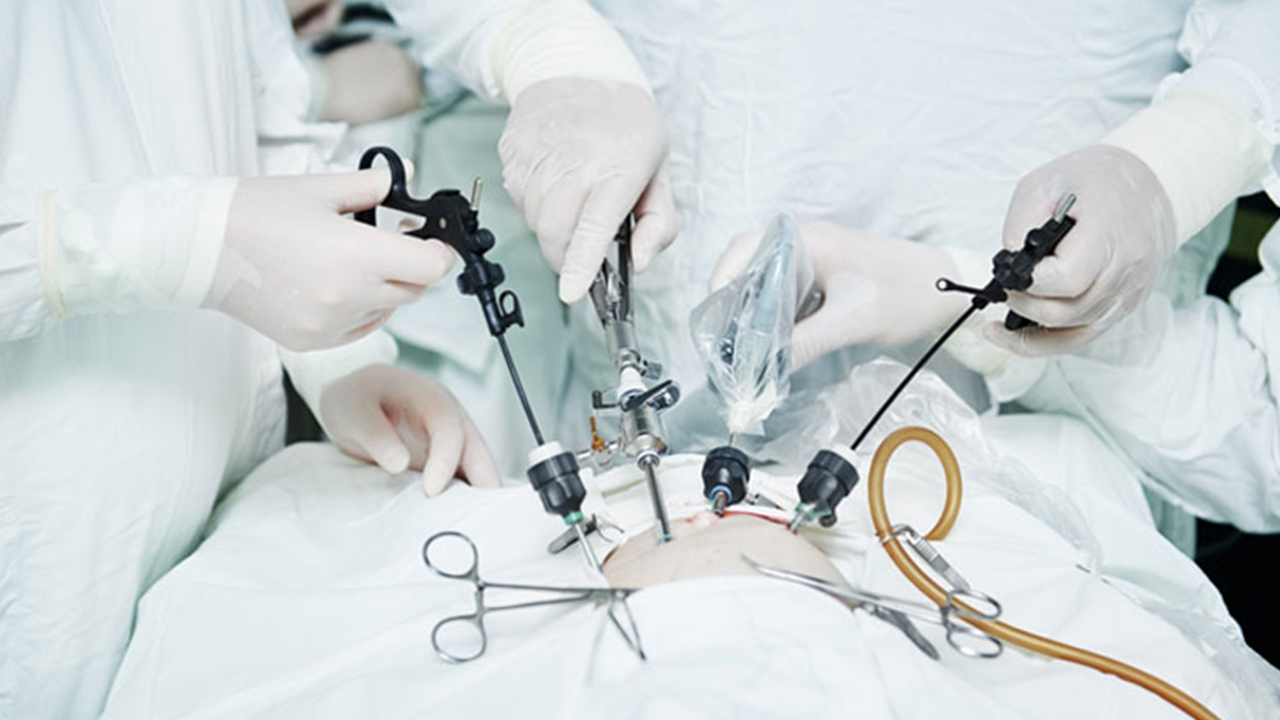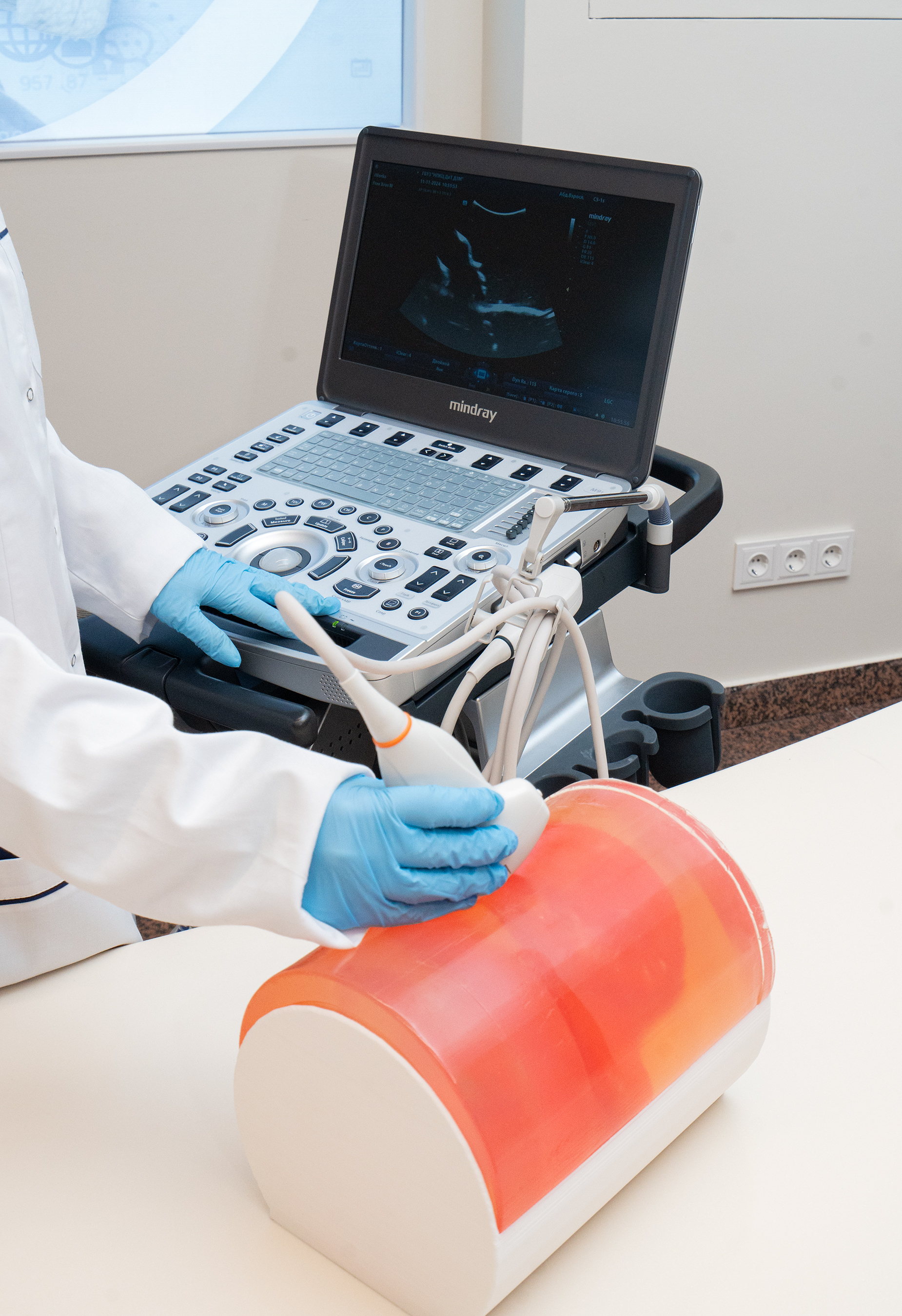The medical robotics global market is expected to grow at double-digit CAGR from 2019 to 2026 to reach $13,899.4 million by 2026.
Some of the factors driving the market are increasing demand for minimally invasive surgery, increasing prevalence of gynecology, urology and orthopedic disorder, increasing aging population, technological innovations, the rising adaption of medical robots among the population and increasing clinical trials.
The medical robotics market by product is segmented as surgical robotics, rehabilitation robotics, and hospital & pharmacy robotics. The surgical robotics segment accounted for the largest revenue in 2019 and is expected to grow at a low teen CAGR from 2019 to 2026. Rehabilitation robotics segment is expected to grow at a high single-digit from 2019 to 2026. Hospital & pharmacy robotics segment is expected to grow at a mid-single digit CAGR from 2019 to 2026.
Surgical robotics global market by product type is segmented into systems, instruments & accessories and services. Among surgical robotics, instruments & accessories segment accounted for the largest revenue in 2019 and it is expected to grow at a mid-teen CAGR from 2019 to 2026. Systems segment is expected to grow at a double digit CAGR from 2019 to 2026. The services segment is expected to grow at a mid-teen CAGR from 2019 to 2026.
Surgical robotics global market by application is segmented as orthopedic, gynecology, urology, neurosurgery, general and gastroenterology (laparoscopy), cancer and others (cardiovascular, cardiothoracic, retina, and hair transplant). Among applications, the general and gastroenterology segment accounted for the largest revenue in 2019 and it is expected to grow at a low-teen CAGR from 2019 to 2026. The neurosurgery segment is expected to grow exponentially from 2019 to 2026.
Rehabilitation robotics global market by product type is segmented into Assistive (Cognitive) Robots, Exoskeleton Robots and prosthetic robots. Among rehabilitation robotics, Assistive (Cognitive) Robots holds the largest revenue in 2019 and is expected to grow at a high single digit CAGR from 2019 to 2026. Exoskeleton Robots segment expected to grow at a high single digit CAGR from 2019 to 2026. Prosthetics Robots segment is expected to grow at a mid-single digit CAGR from 2019 to 2026.
Hospital and pharmacy robotics global market by product type is segmented into pill dispensing robots, fill & pack robots and other robots (cleaning sterilization and clinical trial robots). Among hospital and pharmacy robotics, fill and pack robots accounted for the largest revenue in 2019 and it is expected to grow at a mid-single digit CAGR from 2019 to 2026. Pill dispensing robots segment is expected to grow at a low single digit CAGR from 2019 to 2026. Other robots segment is expected to grow at a mid-single-digit CAGR from 2019 to 2026.
North America accounted for the largest revenue in 2019 and is expected to grow at a low teen CAGR from 2019 to 2026 mainly due to increased prevalence of chronic illness and lifestyle disorders, growing aging population, increase in healthcare expenditure, availability of surgical expertise, increase in research activities, steady number of product approvals and new product launches among the key market players, increased demand for assistive robots and adoption of new technologies.
The Asia-Pacific region is expected to grow with a mid-teen CAGR from 2019 to 2026 due to high levels of healthcare expenditure, improving healthcare infrastructure and increasing government healthcare budgets, funds, growing acceptance of technological advancements, increasing aging population, increasing awareness about medical robotics and rise in healthcare awareness in the emerging countries, such as India and China.

 The Asia-Pacific region is expected to grow with a mid-teen CAGR from 2019 to 2026 due to high levels of healthcare expenditure, improving healthcare infrastructure and increasing government healthcare budgets
The Asia-Pacific region is expected to grow with a mid-teen CAGR from 2019 to 2026 due to high levels of healthcare expenditure, improving healthcare infrastructure and increasing government healthcare budgets









.jpeg)








.png)
.png)

.png)
.png)
.png)

.png)
.png)
.png)

.png)
.png)